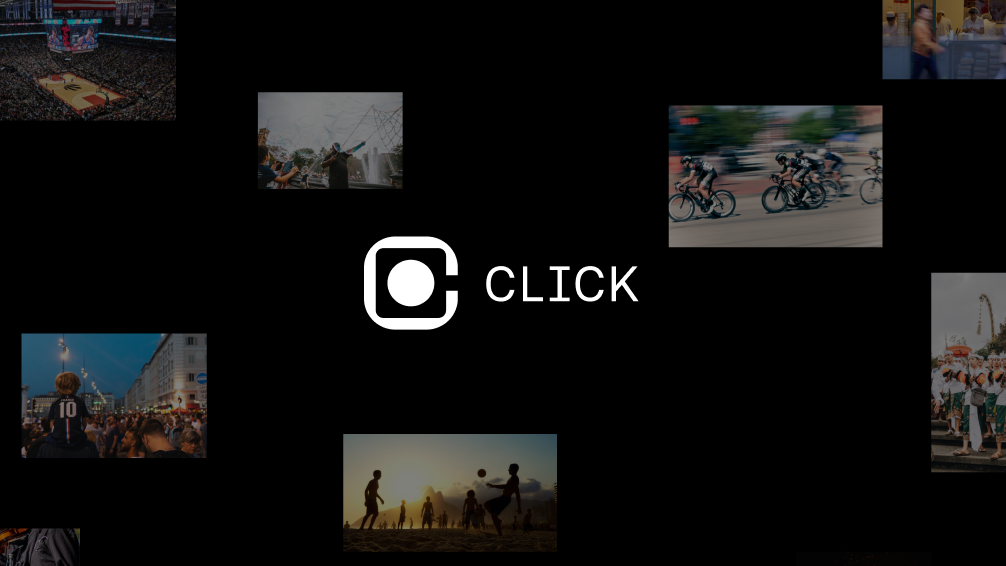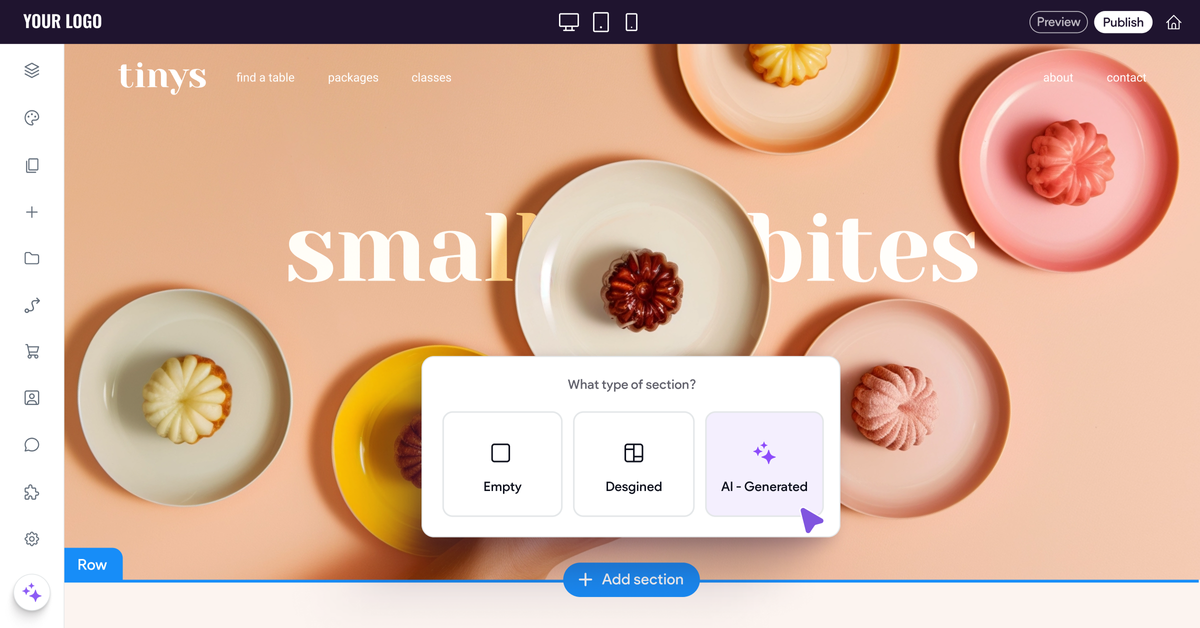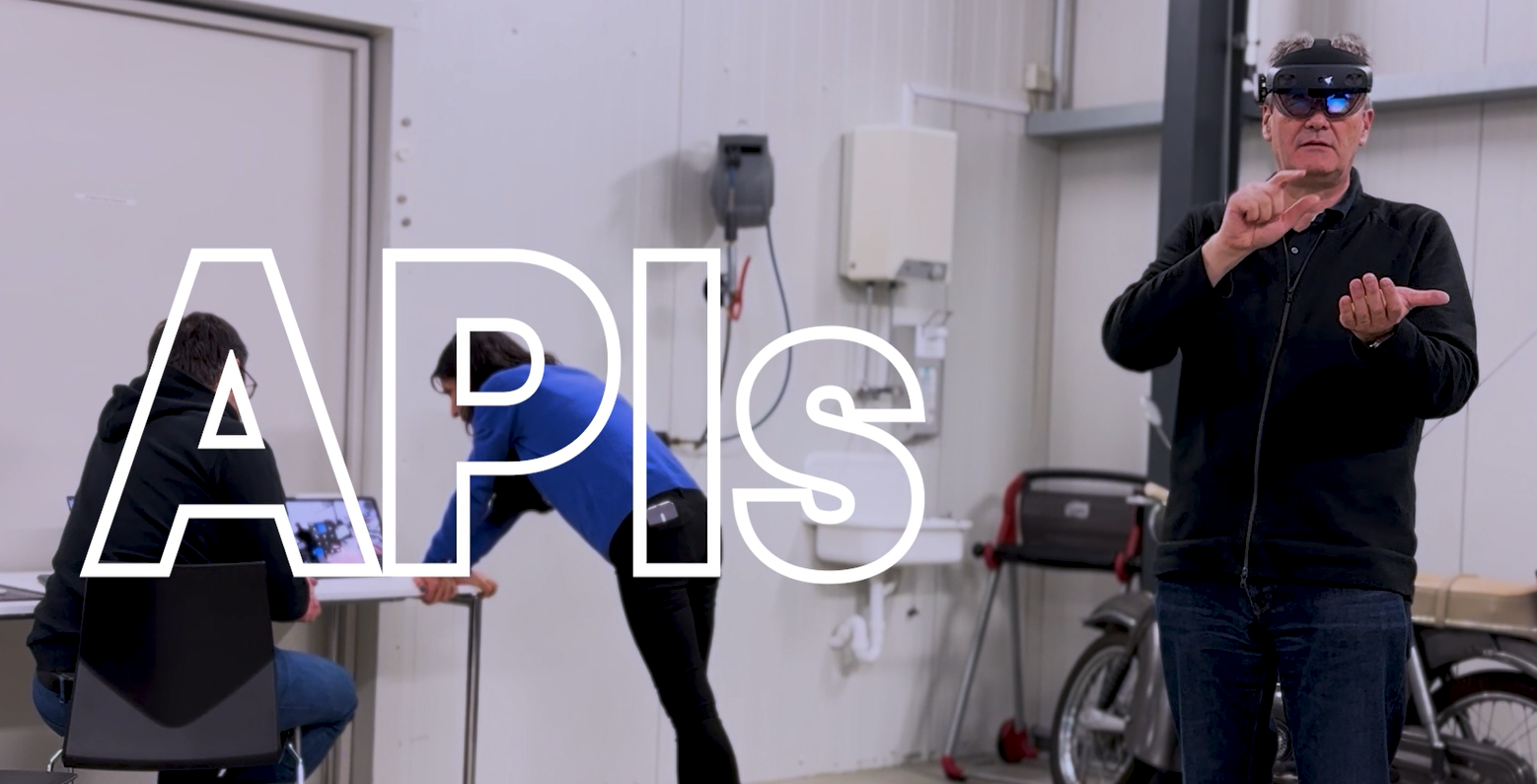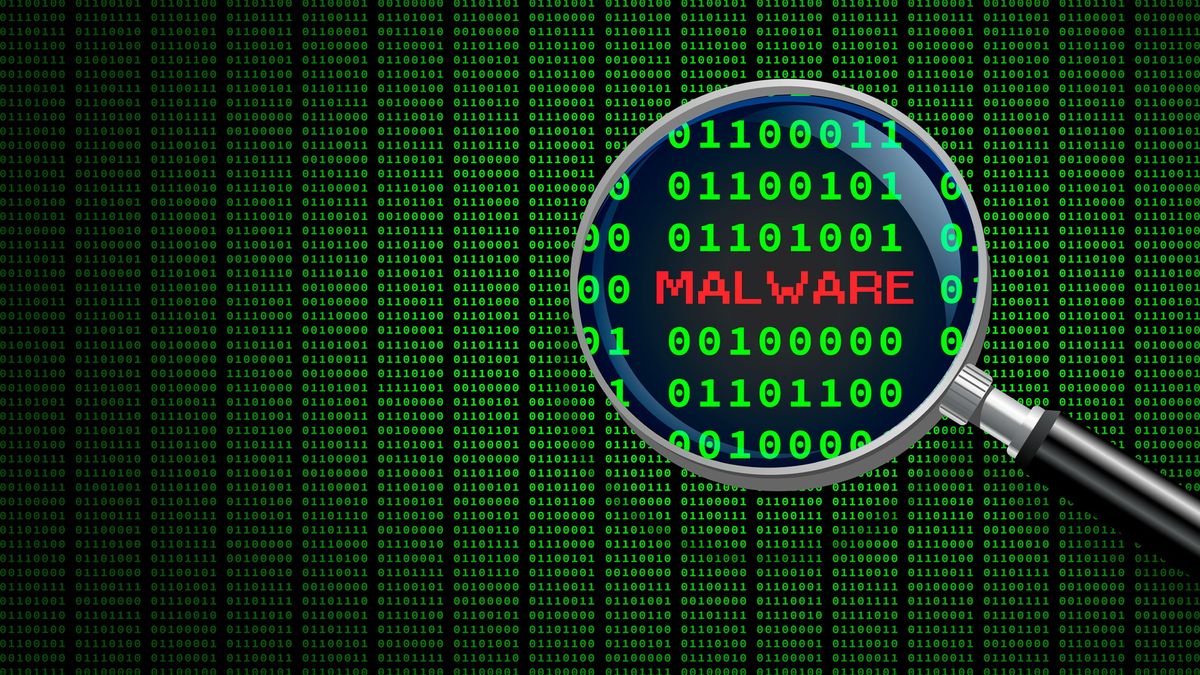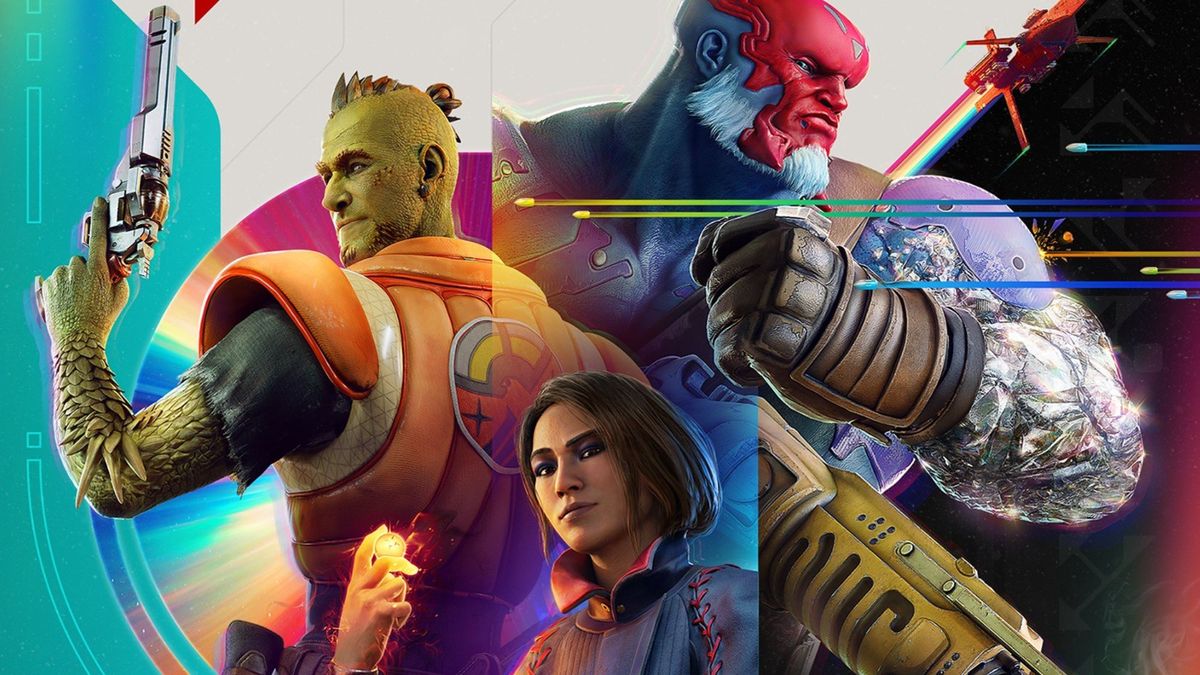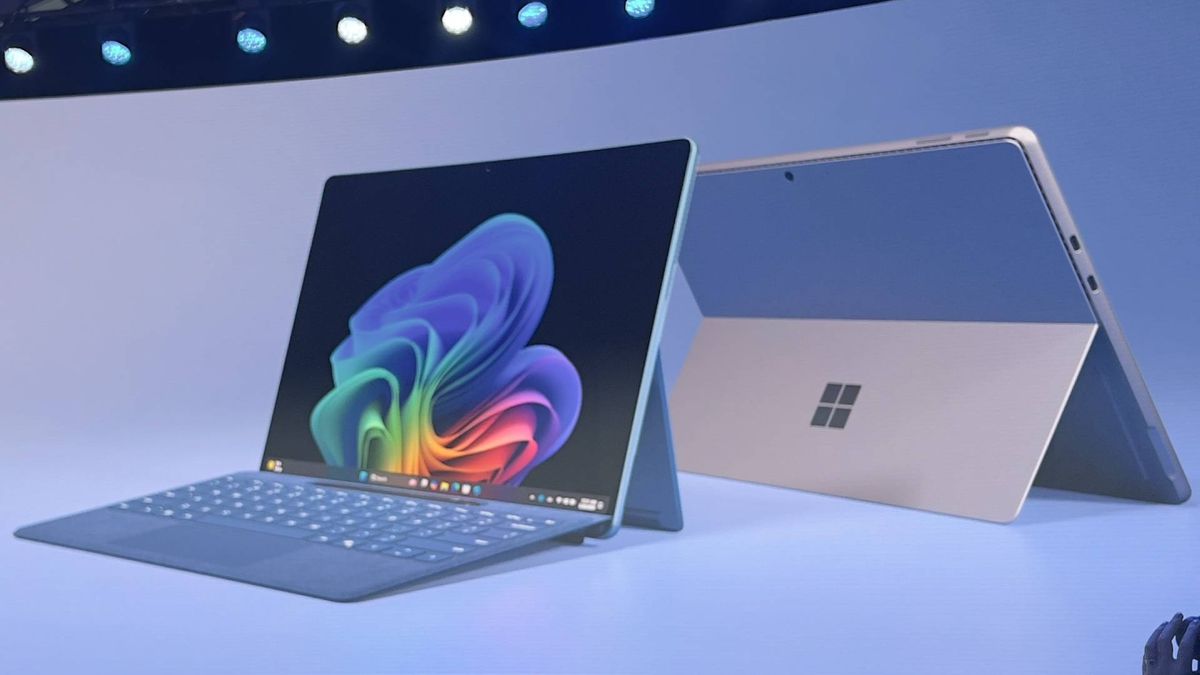In a year where AI will make it nearly impossible to know the truth and convincing deepfakes will saturate the internet, authenticity has never been more important. Nodle's mission is to combat misinformation and create a “digital trust network” where users of its Click camera app can easily authenticate photo and video content.
When you take a photo using the app, a digital signature verified with Content Credentials using the Nodle blockchain can be attached to the image, proving where, when, and with what camera it was taken, among other key details that prove it's real. .
Nodle is not the first to arrive on the scene. Leica launched the world's first anti-AI camera last year and Sony, Canon and Nikon will also reportedly introduce digital signature authentication technology in future cameras. However, the first news is that Content Credentials-approved technology will only be found in professional cameras that are typically in the hands of paid journalists, and that leaves a big gap.
In a Nodle keynote, co-founders Jeff Roberto and Micha Benoliel noted that 3.2 billion images and 720,000 hours of video are shared online every day, most of which are taken on smartphones, so it's clear that the fight against AI moves from big image brands only go so far. That's what's potentially interesting about Click's ContentSign technology: it makes authentication easy and accessible.
The Click camera app launched for iOS in December and the Android version is coming later this month. Currently you can only authenticate photos and videos will be coming soon.
Authentication on a potentially astronomical scale
Nodle's authenticity technology works through its Click camera app for live images. Once you've captured an image, swipe to authenticate it with ContentSign and publish it to the Nodle blockchain.
The digital signature has automatic certification of origin and authenticity of the content (CP2A). This is the official endorsement of the industry standards coalition co-founded by Adobe that introduced Content Credentials and includes many of the leading voices in media, including big camera brands.
In addition to the digital signature, metadata including time, date, location, camera and settings can be viewed, and you can publicly share your image through the app on any platform that allows linking, including social media. You do not need to have the app to view certified images taken and shared using the Click app.
In Nodle's keynote (at 20:50), co-founder Micha Benoliel says that even CP2A verified media from the Leica M11-P and possible future cameras from companies like Sony and Canon can be added to their blockchain and Be part of your digital. trusted network.
The fight against disinformation is heating up
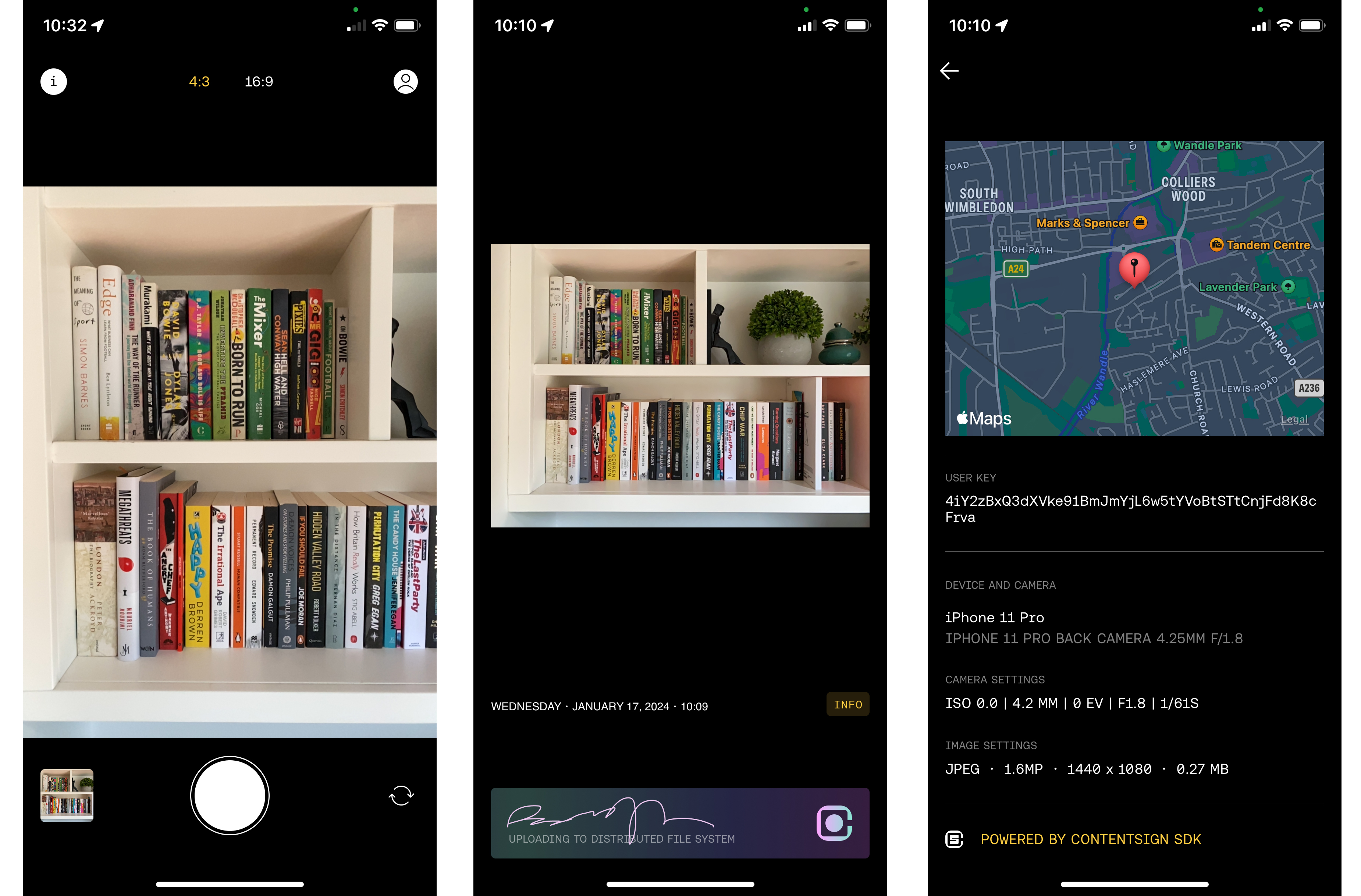
When I wrote about Sony, Canon and Nikon joining Leica in the fight against misinformation, I was well aware that this was just the beginning of what will be an ongoing effort against AI-generated deepfakes. The free download Click on the camera app should reassure humans that the fight for authenticity is far from over.
As an app for iOS and soon for Android, Click's user base is potentially much broader than those who record with professional-grade cameras with digital signature technology. However, you still need to use the proprietary Click app to get that CP2A verified signature and publish it to the Nodle blockchain (we don't know the potential cost to the user yet), plus you need approval to join the Nodle digital trust network. . , and those factors could make it a failure for many.
The Click camera app is equipped with the tools you'd expect from your phone's default camera app, including 4:3 and 16:9 aspect ratio, zoom, plus front and rear camera support, with more camera features on the way. . What you won't get, by design, are editing tools.
To open the door properly, Apple, Samsung, Google and the rest need to incorporate digital signature authenticity into default camera apps, and those tech giants also need to be part of the CP2A coalition (their names are notable omissions). . . Something tells me that this is not the last article I will write on this topic in 2024.

